A universal, motorized turntable solution is designed to facilitate shadow-free product photography, enabling clear and consistent imagery.
Heavy-duty rotating turntables support 360-degree photography of substantial objects, providing a comprehensive view of the product.
Robot arms are utilized to precisely position and stabilize cameras for both single-row and multi-row 360-degree product images, ensuring accuracy and detail in photographs.
Multi-camera systems are capable of capturing multi-row 3D product photos by operating multiple cameras simultaneously, which enhances the depth and dimensionality of the images.
Portable robotic workstations offer flexibility for 360-degree product shots and photogrammetry 3D modeling, catering to on-the-go photography needs.
Versatile photo robots can operate independently or in conjunction with other robots, adapting to various photography scenarios.
Robot camera arms add a third dimension to 360-degree product photography and multi-row spins, allowing for dynamic and engaging visual content.
Integrated motorized turntables and robot camera arms provide a seamless solution for shadow-free 360-degree product photography and 3D modeling.
Heavy-duty turntable solutions cater to large and heavy products like furniture and machinery, accommodating the scale and weight of such items.
Rotating 360 platforms enable the capture of fashion videos and model product photography in a full circle, offering a complete perspective of the subject.


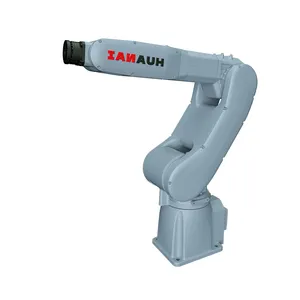










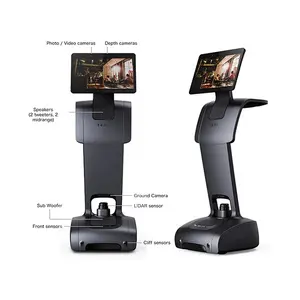




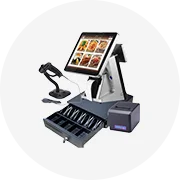
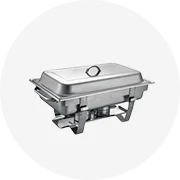
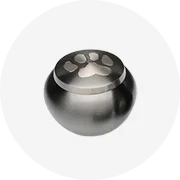
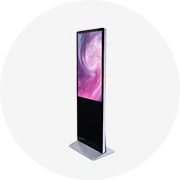
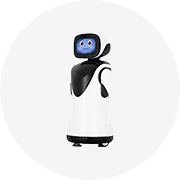
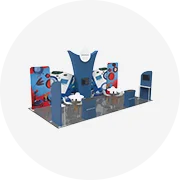
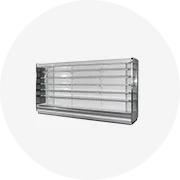
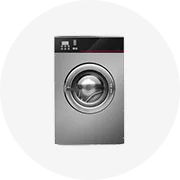
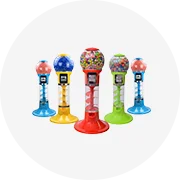
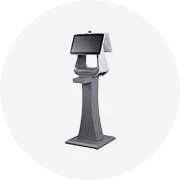
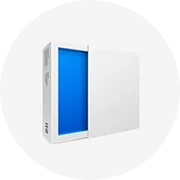












 浙公网安备 33010002000092号
浙公网安备 33010002000092号 浙B2-20120091-4
浙B2-20120091-4